 Western Art Movements I
Art Movements
Western Art Movements I
Art Movements

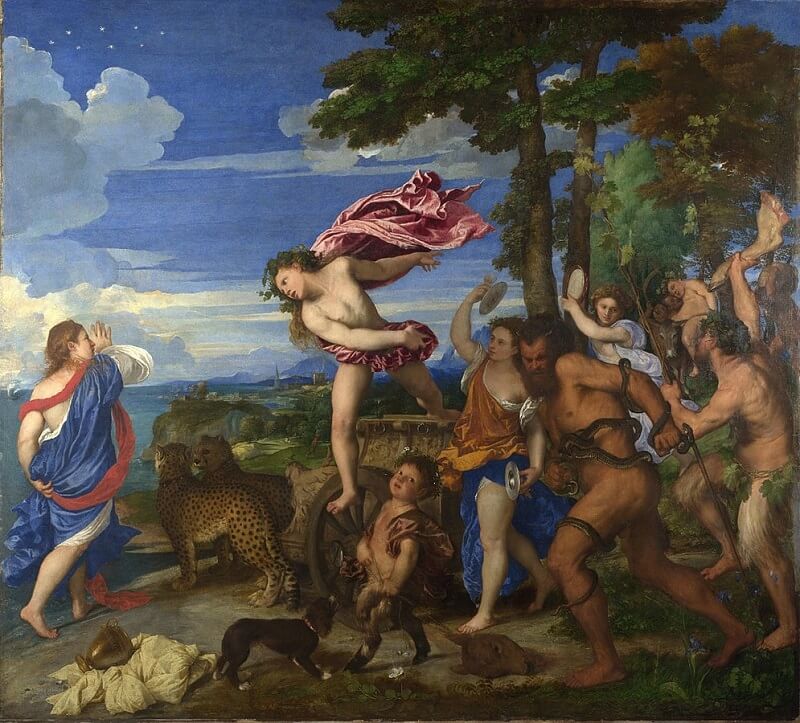
 Western Art Movements I
Art Movements
Western Art Movements I
Art Movements

Study the artwork for one week.
Over the week:
Featured Movement:
Renaissance Movement Characteristics:
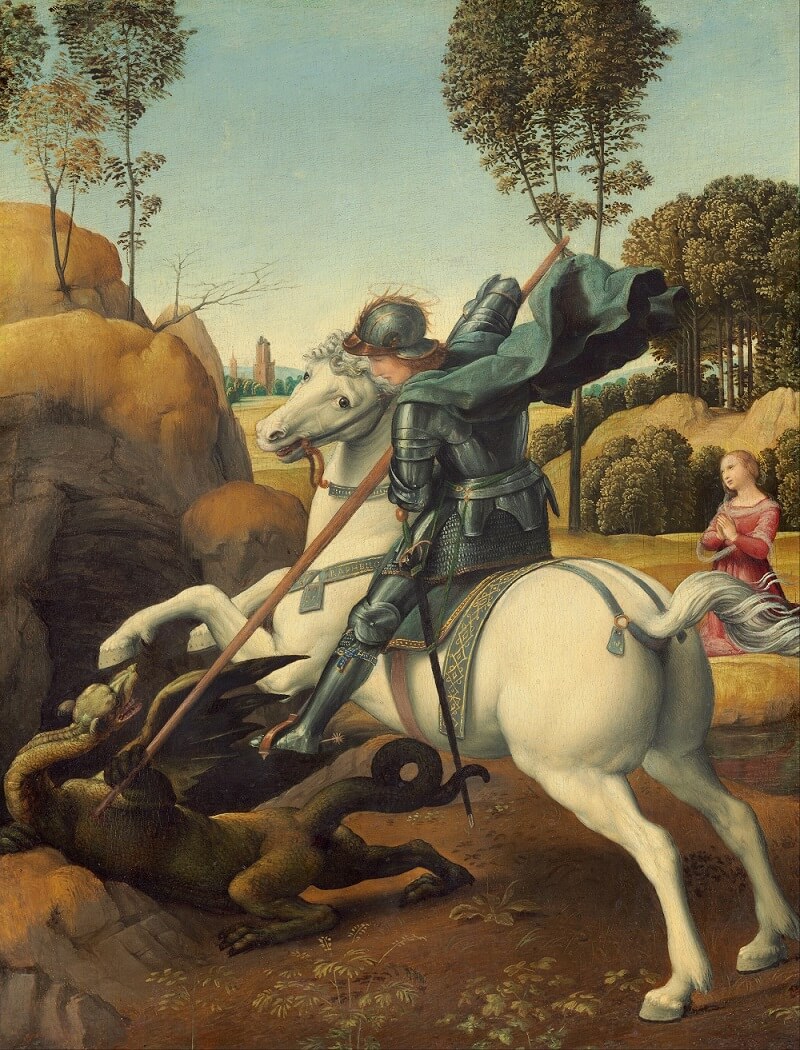



Renaissance Movement Subjects:


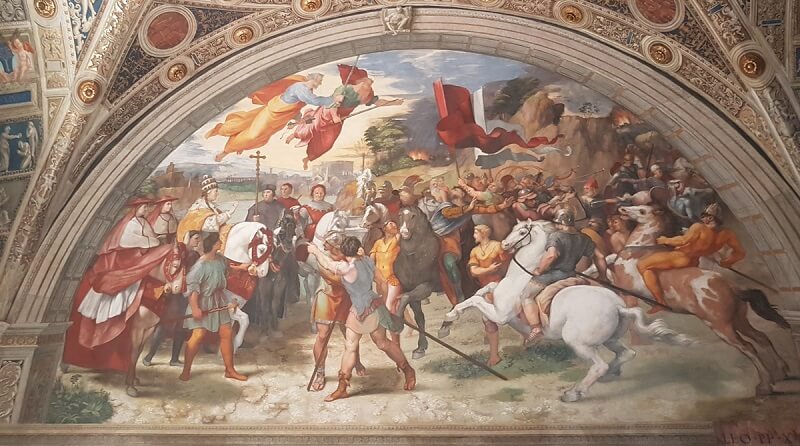
Renaissance Architecture:
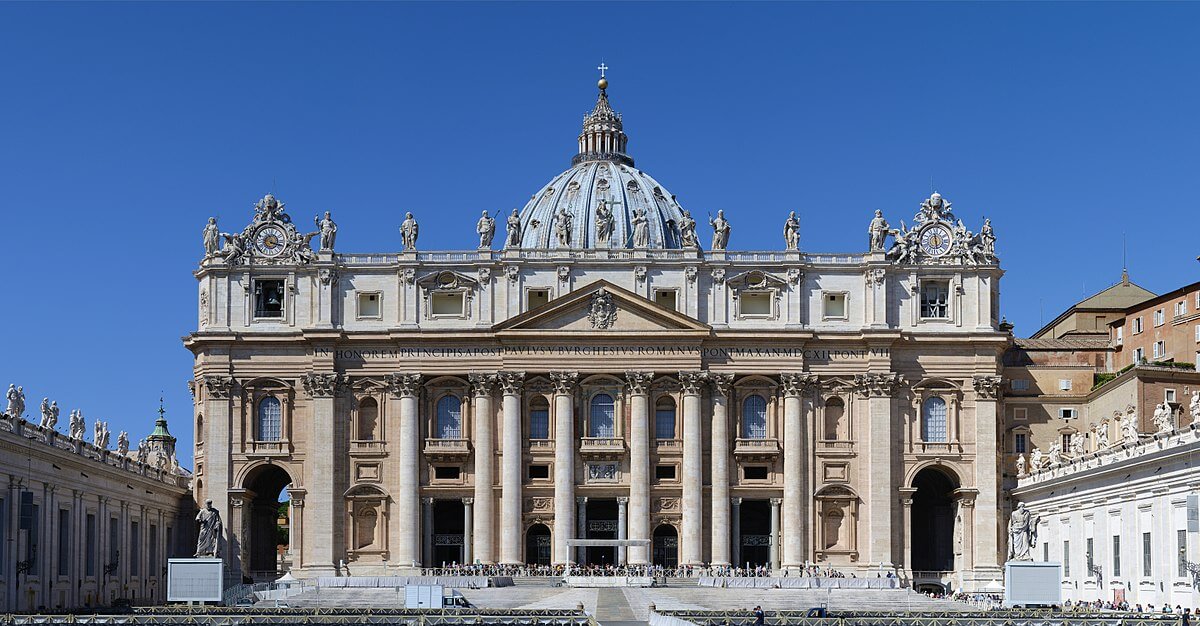
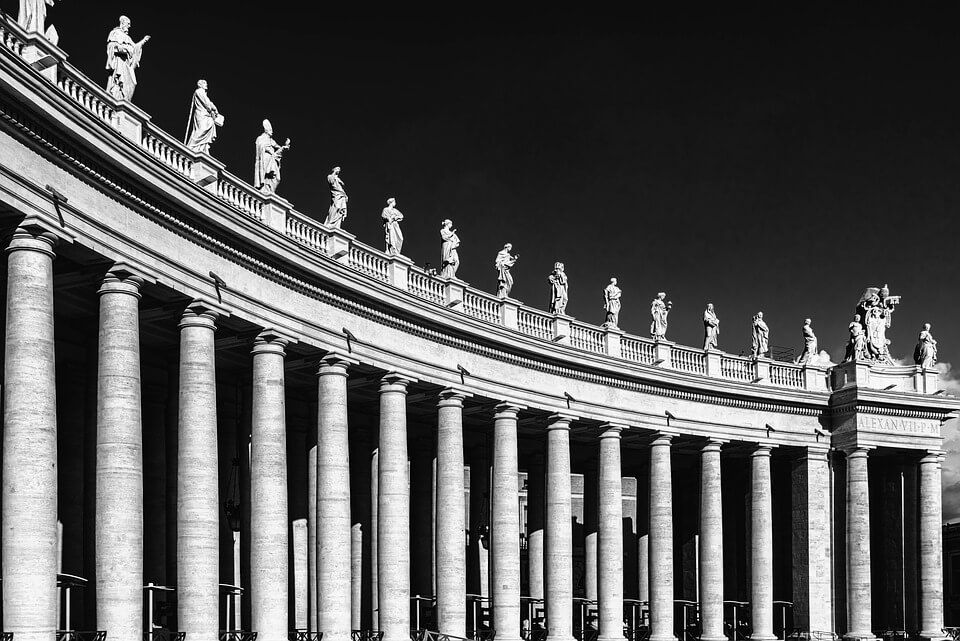

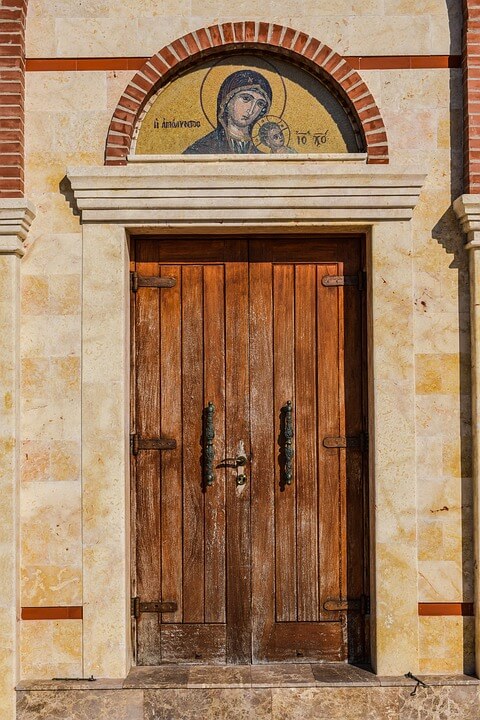
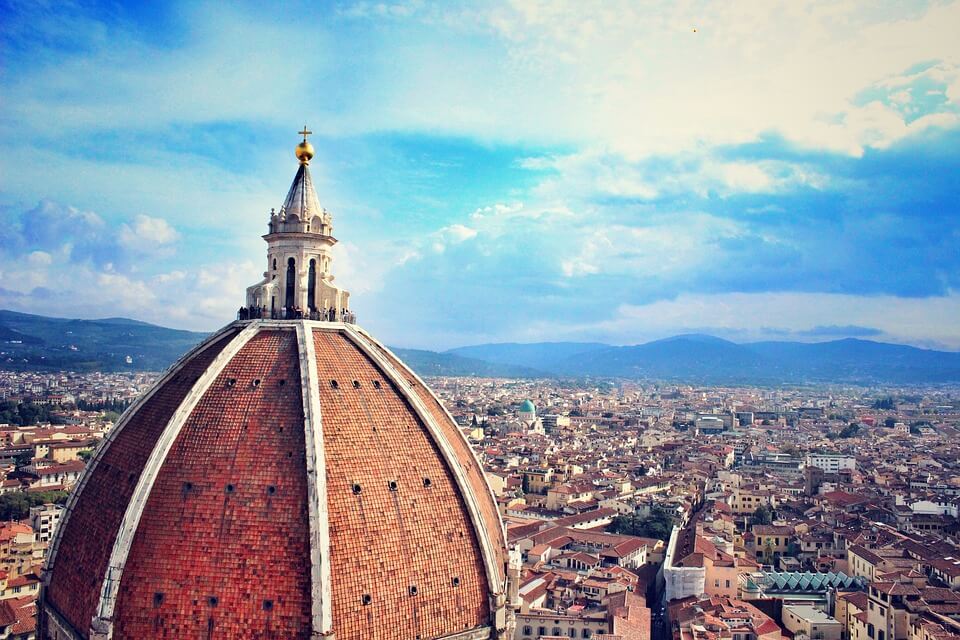
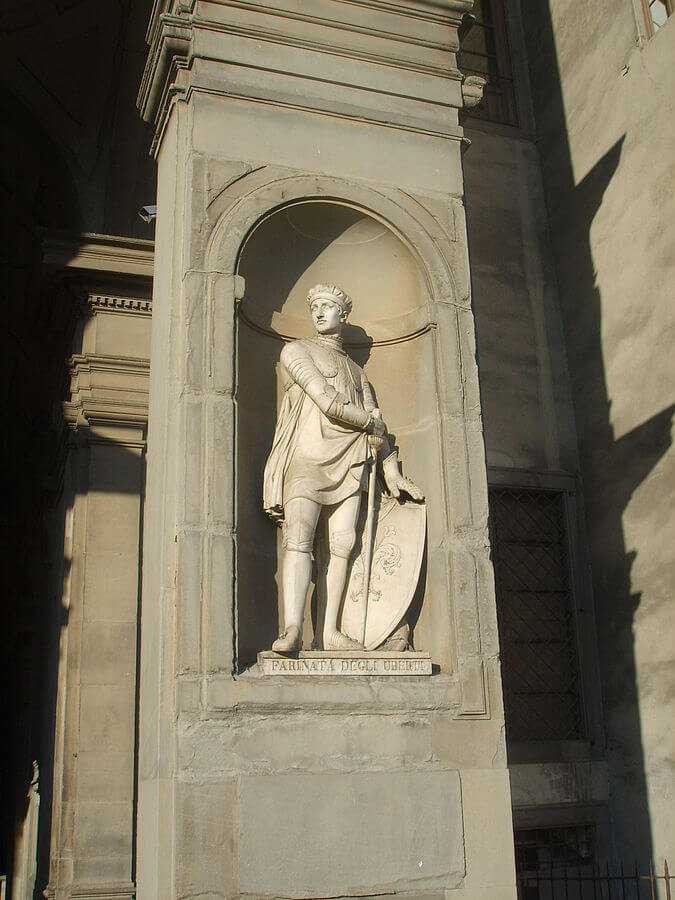
Activity 1: Can You Find It?
Find the following in the artwork:

Activity 2: Narrate the Artwork
Activity 3: Map the Artwork
Zoom in on the map of Greece to find the Greek islands of Naxos and Crete.
In which sea do Naxos and Crete reside?

Activity 4: Classify the Artwork

Activity 5: Recreate the Artwork
